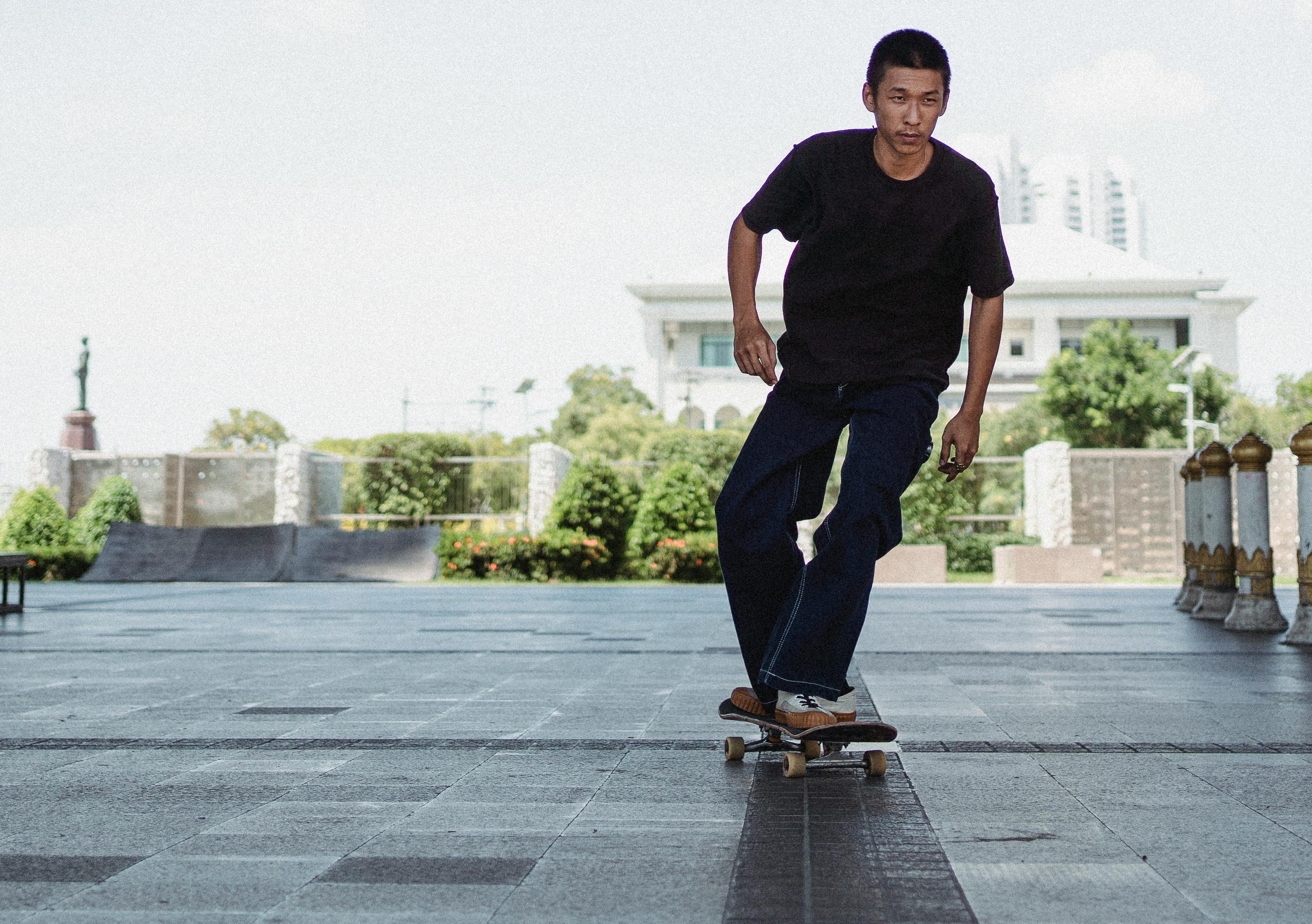
Top 8 main items of personal protective equipment
admin
- 0
Personal Protective Equipment or PPC is now among the most common applications that can be seen in factory and work environments. Workers can easily use personal protective equipment to minimize exposure to different types of occupational hazards. Some examples of PPE include fall protection, aprons, gloves, safety jackets, foot, eye and head protection. The use of PPE would be just one element in a complete safety program that would employ different types of strategies to maintain a healthy and safe work environment. However, the PPE does not guarantee total or permanent protection, since the risk does not eliminate itself.
The main items of personal protective equipment can be categorized by body area of the body protected, by hazard types, and by garment accessory. A single item such as safety shoes would provide different types of protection: with steel insoles and steel toe cap, you get different adequate protection against puncture or crush injuries, waterproof rubber and lining for chemical protection and protection against water, high reflectivity and resistance to scarring through protection against radiant heat and protection of high electrical resistivity through electrical discharges. Here are the top 8 main elements of PPE:
1. Noise
With the help of earmuffs and earplugs, the extent of hearing damage can be significantly reduced, thus increasing hearing safety. Exposure to high level noise causes irreversible hearing loss and deterioration with psychological or physical stress.
2. Access and height protection
The range of heights and access protections is wide and includes items such as fall arrest systems, body harnesses, descent harnesses, rescue hoists, lanyards, energy absorbers, etc. This type of PPE is specialized and requires exhaustive training by competent people, both in user controls and in correct use.
3.Respirators
With a respiratory mask it becomes simple to protect the worker from breathing contaminants in polluted air, thus preserving the health of the respiratory tract and heart. There are two main types of respirators present. Type one works by filtering gases, chemicals, and airborne particles, through the air that workers breathe. The filtration process would be active or passive. Particulate respirators or gas masks are the main examples of this type of respirator. Type two helps protect users by providing clean, breathable air from any other source. This type also includes self-contained breathing apparatus and respirators.
4. Protective clothing
Being one of the main elements of PPE, it is comprehensive and refers to the different uniforms and suits that are used to protect users from harm. Ballistic gowns worn by law enforcement officers and lab coats or safety gloves worn by scientists on a daily basis on the job would fall into this category.
5. Sets
In personal protective equipment, many types of ensembles can be found to protect you against different conditions and these work together for specific tasks or occupations. PPE equipment, such as safety helmets, can be used for multiple tasks or occupations to offer maximum protection for users. Chainsaw protection can be accomplished using various pieces of equipment (especially hearing protection, face shield, anti-vibration gloves, Kevlar chaps, and chainsaw safety boots). In addition, other measures are also recommended to use this dangerous equipment.
6. Beekeepers
Different outfits of clothing are used depending on the temperament of the bees and the reaction of the bees to the availability of nectar. At the very least, most beekeepers wear wide-brimmed hats and veils made from hardware clothing that bears a similarity to window screen materials. Another level of protection would involve long gauntlets with leather gloves.
7. Eye protection
While eye protection equipment would vary by occupation, the safety offered is general. With safety glasses, you get long-term protection from outside debris, and side protection is possible through side shields and wraparound designs. Eyes can be protected from welding, dust, spatter, and other hazards with safety glasses. Face shields can be worn over standard eyeglasses to protect against blood, impact, and chemical borne hazards.
8. Skin protection
The second most common injuries are skin related, and work-related skin diseases such as skin cancers, contact dermatitis, infections and other skin lesions are the second most common occupational diseases that are costly. Any PPE for skin protection is extremely important in the workplace, since it becomes a barrier between dangerous agents and the skin.

